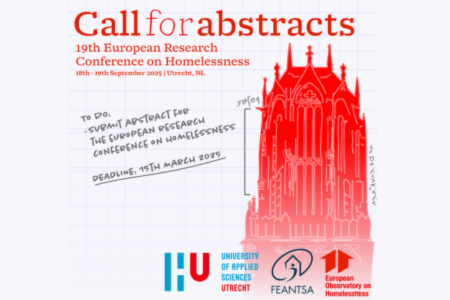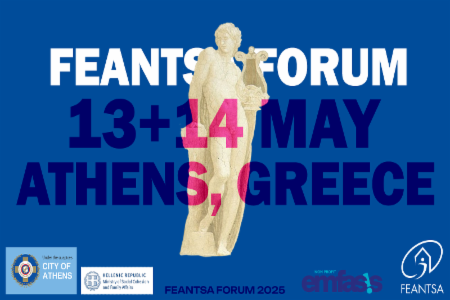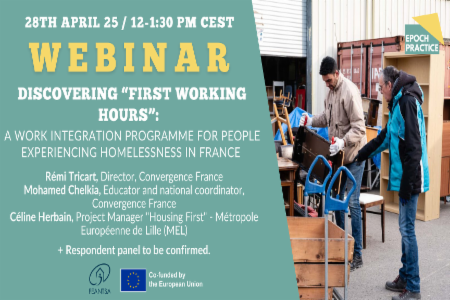
[Cover Art: Ghosts of the Gothic, María Ximena Borrazás Cataldo, Barcelona]
About the cover photo: María, the person depicted in the cover, is a Romanian woman currently living on the streets in Barcelona. María has been living in Barcelona for 3 years. She decided to emigrate from Romania in search of a better life but not everything went according to plan.
Both Marías met when the pandemic was at its peak. Asked why she used a handkerchief to protect herself, María answered that she didn’t have the money to buy a mask. She had not been provided with one. María has given her full consent to publish the portrait of her.
About the artist: María Ximena Borrazás Cataldo is a Barcelona-based street photographer who wants to raise awareness on the issue of homelessness through her work. Some of her pieces can be seen on Instagram: https://www.instagram.com/borrazasfotografia/
The Impact of Covid-19 on Homeless People and Services
Download the complete issue here
In February and March 2020, Europe was hit hard by the coronavirus. Italy was the first EU country to experience high numbers of cases. Within a few weeks, a largely unprepared Europe became the epicentre of the global pandemic. One trait shared by all national guidelines in the early stages was the message: Stay home. Authorities were instructing people to work from home, public areas were shut down, events were cancelled, parks were closed. The hashtag #StayHome has been used over 4.5 million times on Instagram alone – people were holding “watch parties”, applauding on their balconies, proudly reminding their peers to wash and disinfect their hands, and the already omnipresent digital world became the centre point in everyone’s lives to stay in touch and stay safe and sane. But Staying Home was evidently not an option for people experiencing homelessness. If everyone was to stay home, what, then, was to happen to those people who did not have a home, those who had previously been considered too marginal to address in social and health policies? By revolving public health advice around the notion of “home”, EU States involuntarily highlighted the flaws of their own homelessness policies.
In this context, it seems crucial to highlight that people experiencing homelessness are an especially vulnerable group. Sleeping rough or staying in temporary or emergency accommodation puts them at high risk of transmission and compromises their access to hygiene and isolation spaces. Homeless people are a medically high-risk population disproportionately affected by poor health and disability, with a high prevalence of respiratory disease. If people who are homeless contract Covid-19, they are more likely to become seriously ill and to die. Furthermore, people experiencing homelessness face multiple barriers to accessing healthcare as well as public health information. As confinement started in many countries, people experiencing different forms of homelessness were faced with even more difficulties.
The one thing that can be said is that the Covid-19 pandemic has certainly put homelessness policies in the spotlight. This issue of our Homeless in Europe Magazine attempts to take an intersectional approach when examining the impact of the current pandemic on the homeless population. Marginalised groups such as migrants, asylum seekers, survivors of domestic violence, LGBTQI youth, Black and brown communities, and sex workers have one major element in common, however diversified they may be - their social exclusion and the subsequent systemic disregard for their basic rights, of which housing is a major constituting element, particularly given the current health crisis.
The Covid19-related crisis has shown that housing is a key determinant of health. We are now at a crucial moment: is it going to be “back to business as usual” from now on, or will the EU and its Member States use this opportunity to build on their efforts deployed during the pandemic to ultimately make sure no one has to be homeless again? We at FEANTSA hope for the latter.
Articles
2. The Homeless Migrants Left in the Lurch in Denmark, By Vibeke Lenskjold and Rikke Dalsted
6. How Covid-19 has Highlighted the Anti-Migration Agenda in Greece, By Dominika Spyratou
9. Everyone In - Protecting People Sleeping Rough Across England, By Matt Downie





